Digital Camera World Verdict
The Canon PowerShot V10 is a vlogging camera that could finally replace your phone as your go-to device for shooting video. The size of a cigarette pack, it's positively pocket-sized and its ease of use rivals a smartphone – but its image quality, built-in stand, high-quality microphones and streaming capabilities set it apart. This could take up permanent residence in my camera bag as the ideal everyday vlogging camera.
Pros
- +
Good image quality
- +
Truly-pocket sized
- +
Built-in stand
- +
Face tracking AF
Cons
- -
Lens is a fingerprint magnet
Why you can trust Digital Camera World
The Canon PowerShot V10 is unlike any other camera you've seen. In fact, it has much more in common with your phone – and there's a good reason for that.
Canon's intention for the Canon PowerShot V10 is something we've been waiting years for: a vlogging camera that isn't just a regular camera body with video-oriented specs, but a camera that has actually been designed from the ground up specifically for vlogging.
The result is a device that is, operationally, very similar to the best camera phones when it comes to capturing video – which is to say you simply tap a button and point it, without having to faff with lenses, log modes, shutter speeds, frame rates or even tripods. So it's ideal for spontaneous video capture, social media sharing, streaming – anything where you just want to film – not faff. And it's ideal for non-videographers who wish cameras were as straightforward as phones.
Is the Canon PowerShot V10 finally the camera that people will actually reach for, instead of using their phones, to shoot snippets of video? Watch my quick video review here as it gives you a much easier look at this unusual camera, how it works and what it does!
Editor's note: Our original Canon PowerShot V10 sample had a technical problem, which caused some issues. After testing a correctly functioning sample, we've updated the Performance section and added a final verdict and score.

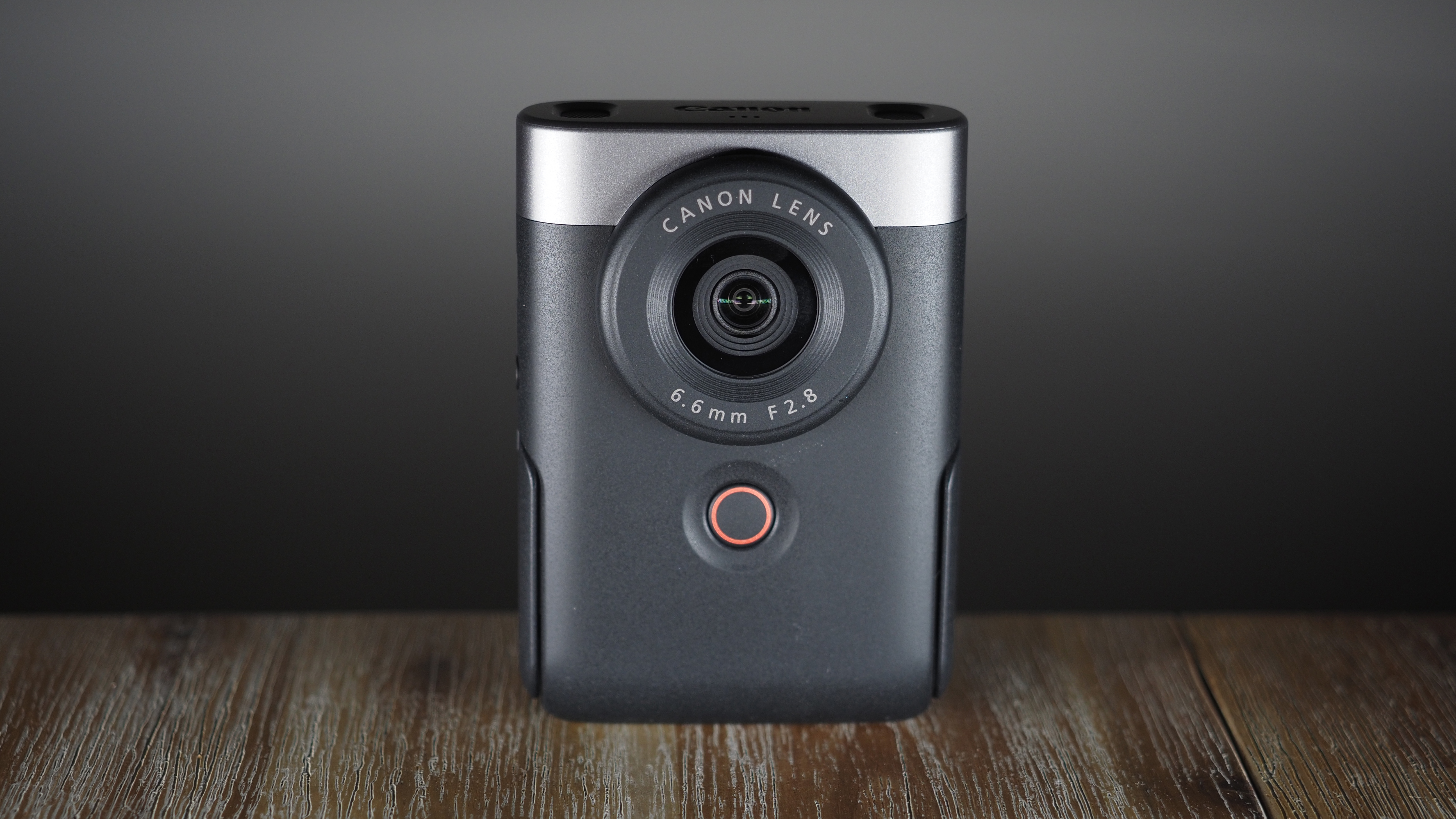



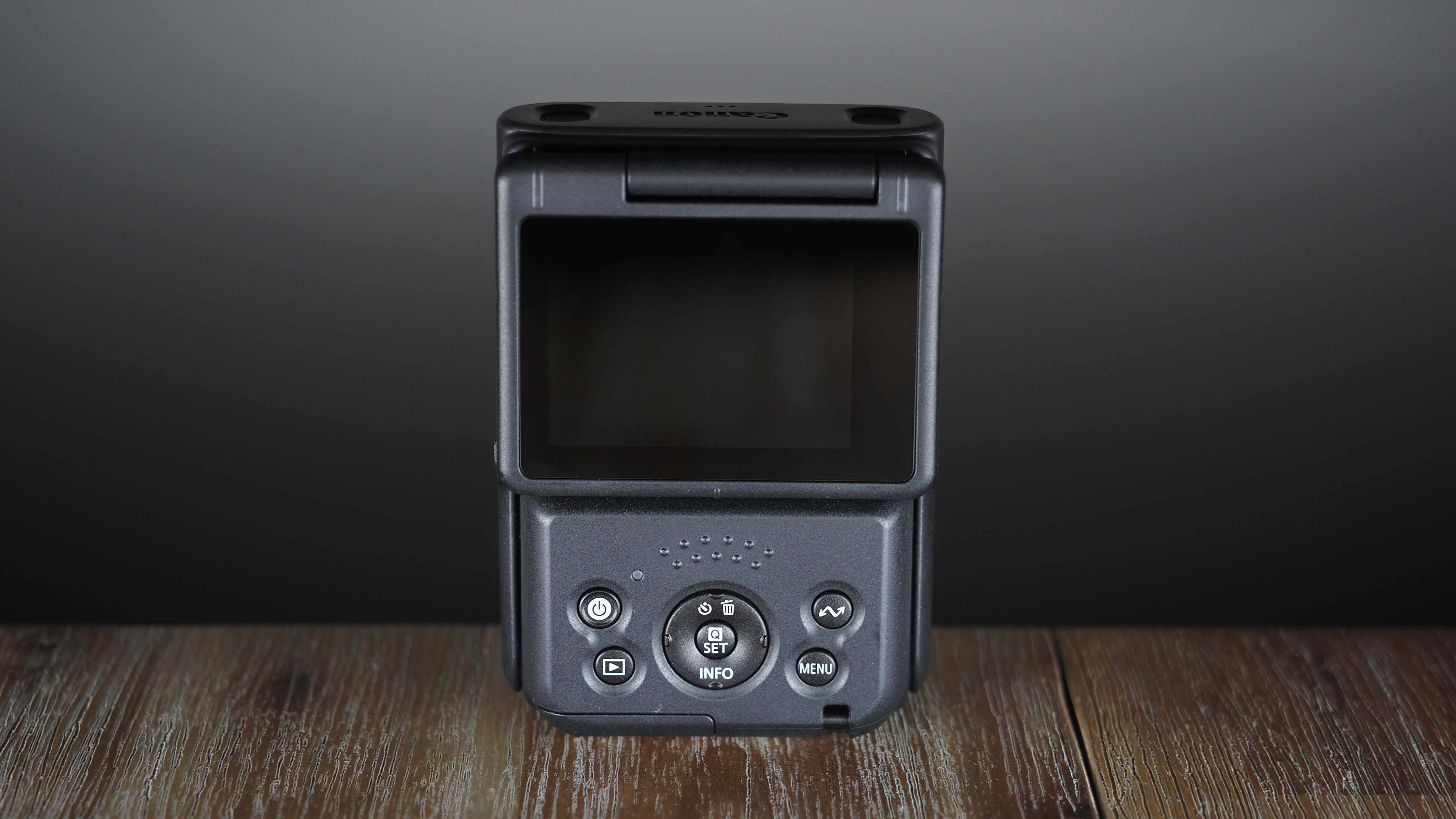
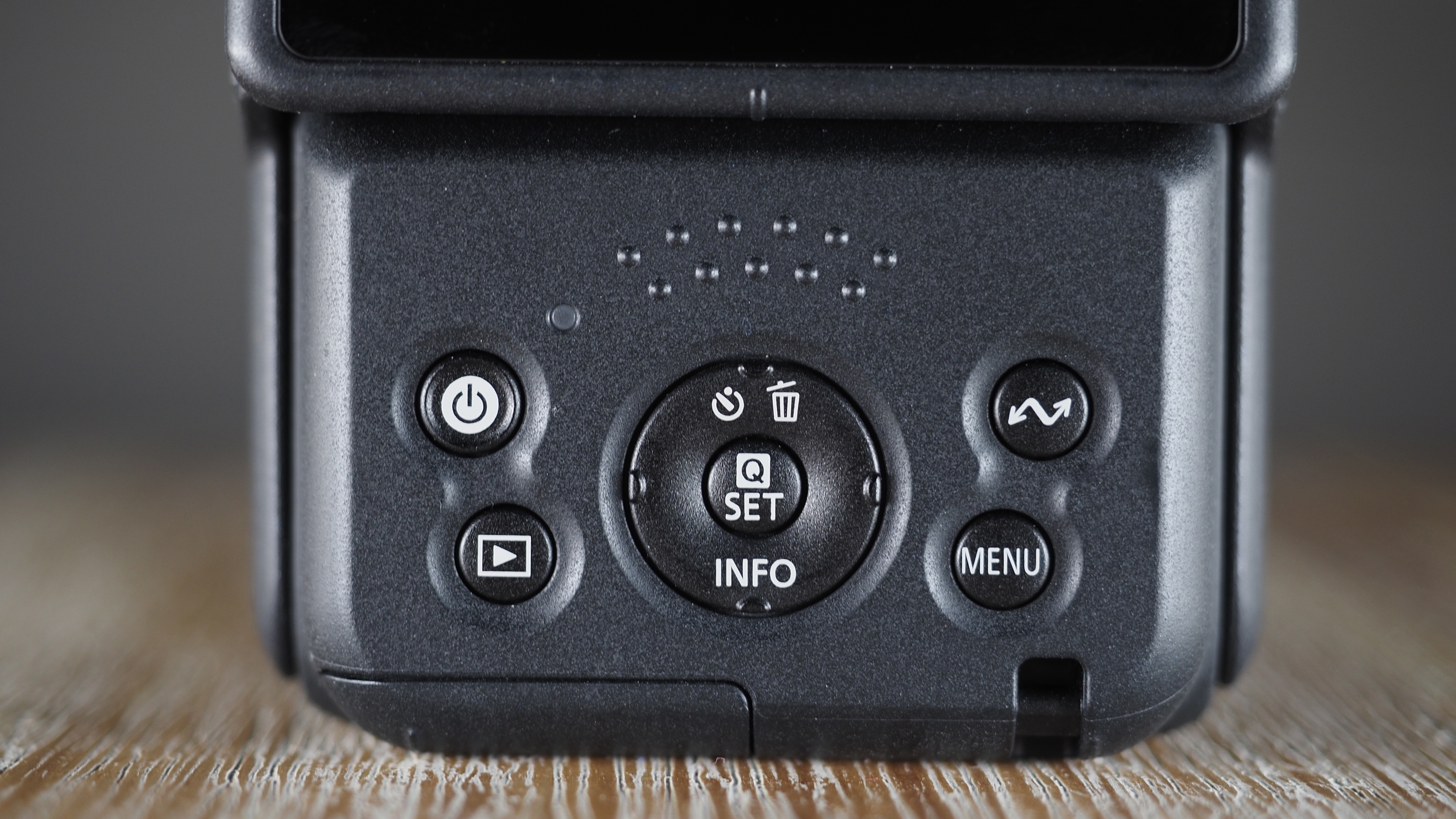

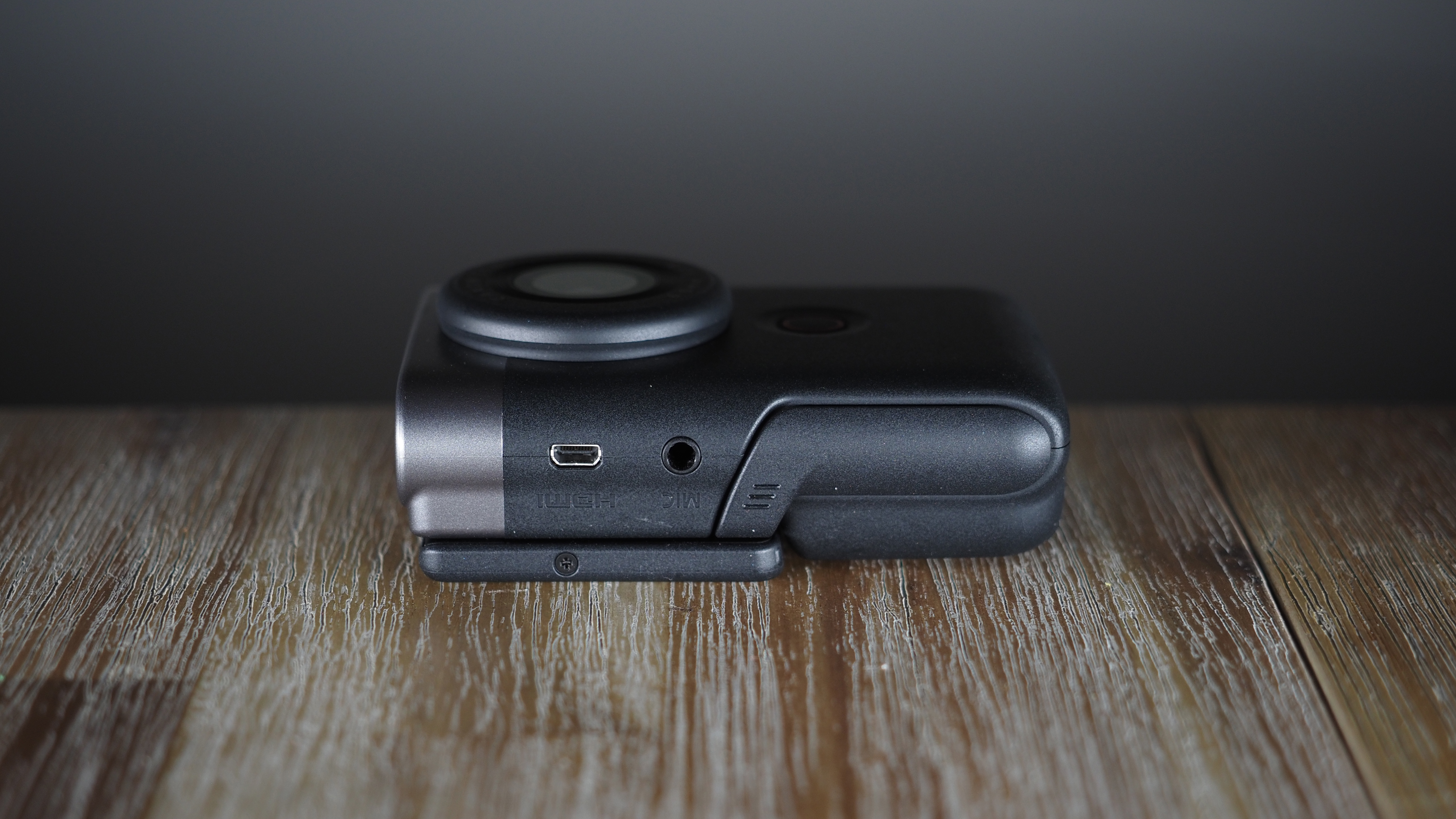
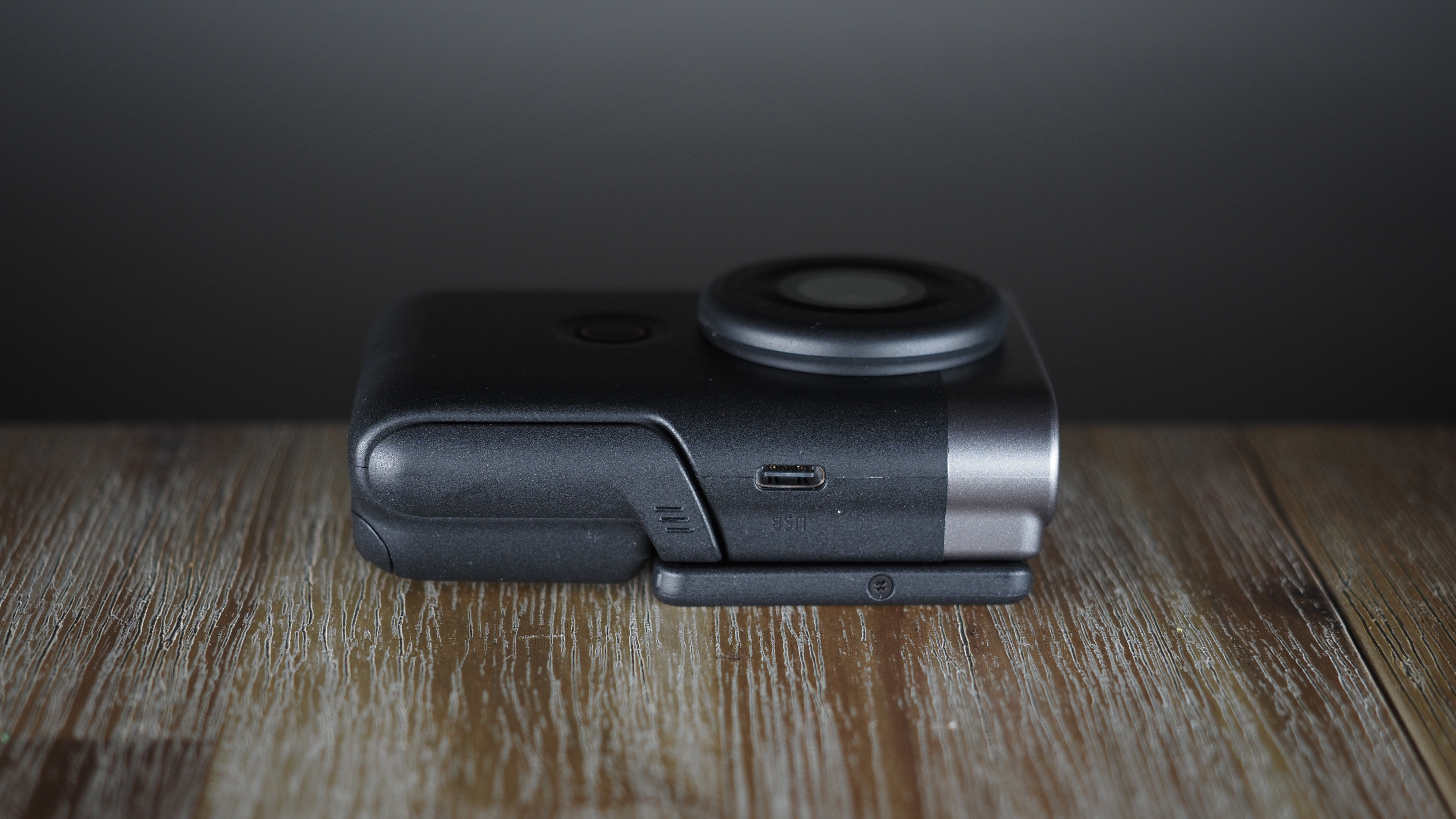


Canon PowerShot V10: Specifications
Sensor: 20.1MP 1-inch back-illuminated CMOS
Lens: 6.6mm f/2.8 (equivalent 18mm for stills, 19mm for video)
AF modes: Face Tracking AF, Specified Frame AF
ISO range: 125 to 6400 FullHD • 125 to 3200 4K
Image stabilization: Movie Digital IS
Max image size: 5,472 x 3,648
Max video resolution: 4K 30p, FullHD 60p (IPB Standard, IPB Light)
Recording limit: 1 hour
Memory card: 1 x microSD
LCD: 2-inch 180° tilting touchscreen
Weight: 211g (with memory card)
Canon PowerShot V10: Key features
The V10 is the first in a new generation of dedicated cameras aimed at vloggers. Specifically, this model is aimed at entry-level vloggers whose content is 99% video – so it is geared in the main towards movie capture.
The best camera deals, reviews, product advice, and unmissable photography news, direct to your inbox!
Its 20.1MP sensor is a modified version of the one found in the Canon PowerShot G7X Mark III, featuring the vlogging mode (with face tracking AF) that was introduced to improve that camera's contrast-detect autofocus system.
The V10's 6.6mm f/2.8 lens has an effective focal length of 18mm for stills (in a 3:2 ratio) and 19mm for video (16:9 or 9:16), with the latter offering 1.5x, 2x or 3x digital zoom. With a minimum aperture of f/8.0, it features an Auto ND Optical filter that's good for 3 stops.
Video can be captured at up to 60p in FullHD (1080p) or 30p in 4K, in IPB Standard or Light modes for both resolutions. Full auto or manual control is available, and digital image stabilization is offered for movies, invoking a small crop into the frame.
There is the option to apply 14 color filters (such as StoryTeal&Orange and RetroGreen), adjust the blue / amber and magenta / green color tones, and a Smoothskin Movie Mode if you want to make your face look plastic.
In terms of connectivity, the Canon PowerShot V10 can wirelessly livestream to YouTube and Facebook (at 3.5 or 6Mbps in FullHD 30p), as well as operate as a UVC / UAB webcam via its USB-C connection, which also charges the integrated battery.
In addition, it can be controlled remotely via Canon's Camera Connect smartphone app or the Canon BR-E1 Bluetooth remote.
Canon PowerShot V10: Build & handling
As you can see in the images below, the V10 is absolutely tiny. Looking not unlike a miniature Ring doorbell, it's the same size as a packet of cigarettes. An amazing bit of context is that it's the same size as the LCD screen on our Canon EOS R5! You can see some images that illustrate its size below.
The V10 isn't weather sealed, in part no doubt because this is an entry-level model, but also to prioritize sound performance (on waterproof cameras, liquid interferes with the microphone's ability to record clean sound).
The camera is remarkably simple. The front of the device features a single button: a big round 'record' button, much as you would find on the screen of your smartphone in camera mode, so there is no confusion as to how to operate it.
The 180° tilting screen is very cute and very good, offering highly responsive touch controls and excellent build quality – though its diminutive size might be problematic for anyone with chunky fingers and / or poor aim.
The rear of the camera features just six buttons: power, playback, Menu, 'switch' (between various options, such as photo to video), Set / Q, and a donut-shaped D-Pad for directional control as well as Info, timer and delete.
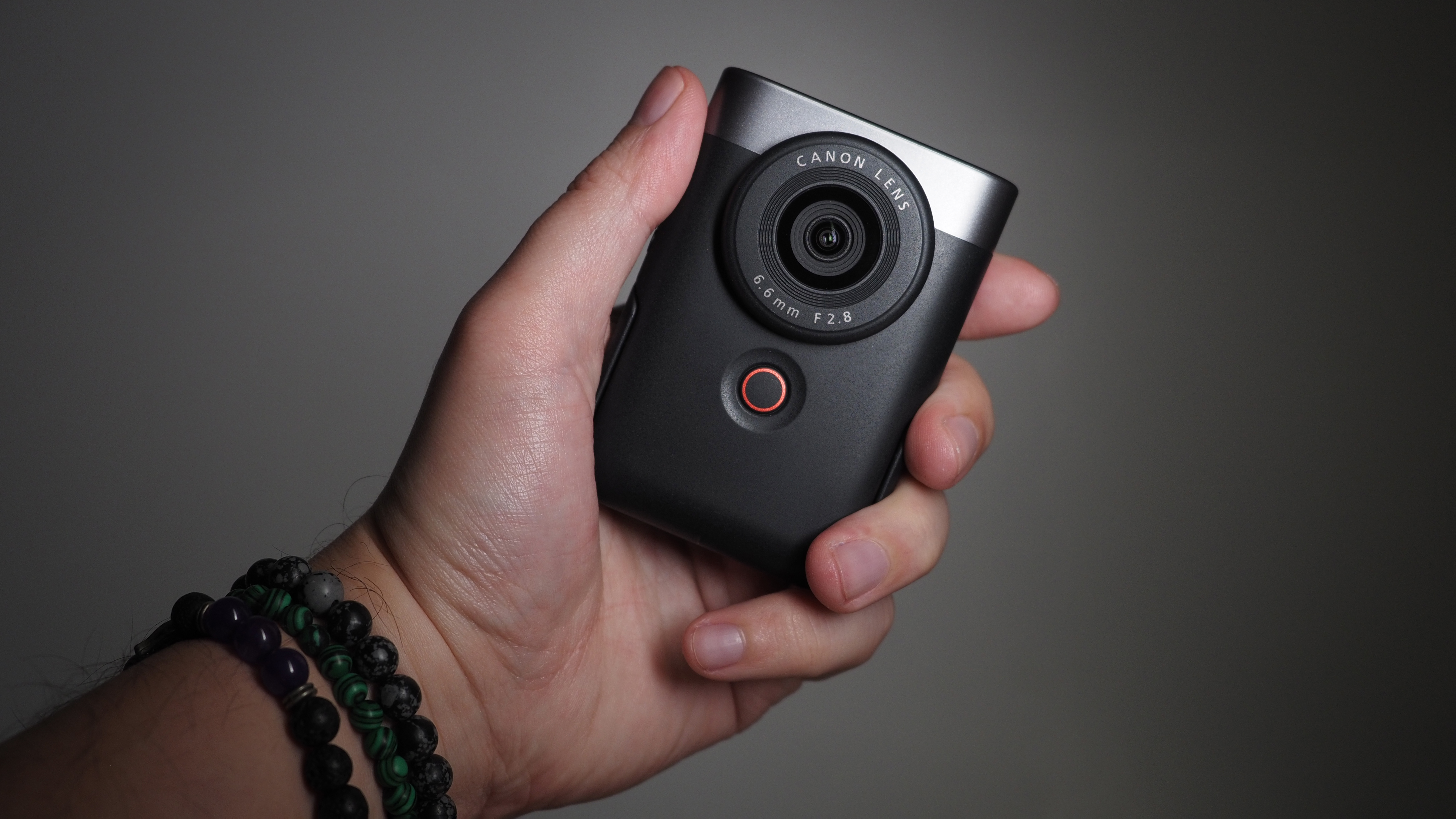

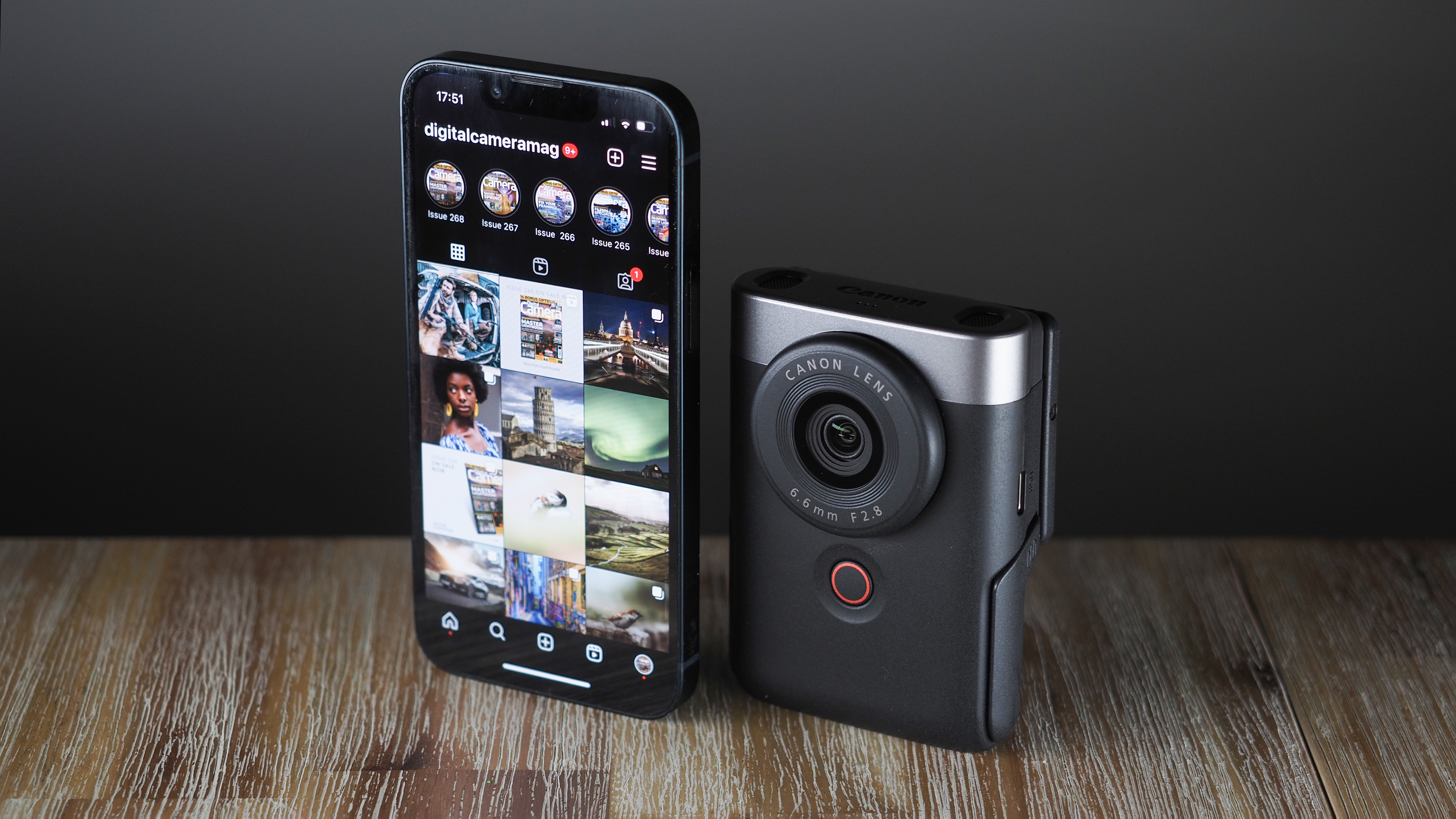


To camera left is its USB-C port, while to camera right is a micro HDMI and microphone ports. At the bottom of the V10 is a standard tripod mount, as well as an access flap for the microSD card slot.
At the top of the camera are twin, high-quality microphones with digital wind correction, along with three small holes for the built-in speaker. It should be noted that there is a curious design choice at play, which varies depending on your region; in some territories, Canon has partnered with SmallRig to offer a cage with additional mounting points as well as (crucially) wind mufflers for the microphones (see below images).
For recording outdoors, mufflers can be pretty crucial to capture clean sound. However, because they were not natively incorporated into the V10 design, the SmallRig solution is to physically stick them onto to the top of the camera with adhesive feet. Both the feet and the mufflers have magnetic contacts, so they can be quickly attached or removed.
This feels like a very clumsy solution, and we would have preferred to see integrated magnets or other attachments to affix mufflers without gluing something to the top of the camera!


Canon PowerShot V10: Performance
Let's start with the stills. Admittedly, this is not designed to be a stills camera – yet it takes pretty pleasing photographs, especially considering that photo mode is completely automatic (aside from dialing in more or less brightness). Even so, thanks to the 1-inch sensor, there is quite a lot of play in the files for post-production – we found that the V10 files produce really nice black-and-white images.
So then, onto the vlogging side. Since this camera is intended as a beginner / highly automatic device, evaluating the video captured using auto movie mode is just as important as choosing settings manually. And using both modes, we're very impressed with the video on the V10.
Face tracking works excellently, image stabilization is smooth (and with a wide enough field of view for the crop to be unintrusive) and both the 4K and FullHD quality is perfectly fine (though obviously the fidelity isn't going to rival the best cameras for video, as that's not what this is designed for).
Even without the (optional, sold-separately) wind mufflers attached, the audio quality was crisp and clear – despite testing in conditions that were windy enough to cause horrible interference when using a smartphone. Given the poor quality of integrated microphones on most cameras (even some of the recent Sony vlogging models), I wasn't expecting much – but these genuinely impressed me.
The image stabilization performed really well, damping footsteps and offering smooth movement even when walking or panning. This is helped by the wide field of view, which is innately more forgiving to camera shake, but the stabilization doesn't introduce the Jell-O-like "corner wobbles" that some cameras experience with wide angles.
The focal length – 18mm for stills, 19mm for video (due to the shift in aspect ratio) – is a fantastic field of view to work with for vlogging. It means that there's plenty of you in the frame even when you're holding the V10 at arms' length, and if you've got it on a tabletop there's loads of room in the frame to wave your arms, hold things up to the camera, and all the other things that vloggers might want to do.
The compact size of the V10 shouldn't be underestimated. Not only does being truly pocketable mean you can take it everywhere with you, but the tiny form factor means you can get really great camera angles. I shot a vlog of me getting ready, driving to and then taking part in an aerial yoga class; the V10 is so small that I could nest it in a cup holder to get Hitchcock-style shots of me driving, and I could quickly and easily stand it on the floor at my aerial class to get all kinds of privileged perspectives of me flying around.
Although, again, the 1-inch nature of the sensor doesn't give you as much latitude in post production as a dedicated video camera, there's plenty of play in the footage for light grading.
Canon PowerShot V10: Video review
Watch video: Canon PowerShot V10 review
This is such an unusual camera that it's difficult to convey how it works in text alone. Watch the video above to get a better idea of what it does., how it does it, and how it handles!
Canon PowerShot V10: Verdict
Honestly, the Canon PowerShot V10 is the vlogging camera that I've been waiting for. Yes, more advanced content creators who want to plan, prepare and produce their footage will be well served by cameras like the Sony ZV-E1. But for the folks who just want to film something snappy for TikTok, or to quickly go live on Instagram, or to shoot a story for Facebook – this is a brilliant option that's actually designed for the purpose, rather than just being a regular camera body with all the buttons in the wrong places!
If you're someone who wants a camera to be as straightforward to use as a phone, so you can get great image quality without fiddling with settings or wrestling with lenses, the Canon PowerShot V10 is for you. The kickstand makes it easier and better than propping up your phone with whatever is to hand, and negates the need for a tripod or any other kit. And it's so much easier than setting up a regular camera to record video.
I love using this little camera, and I can't wait to see what Canon does with the product line next.
If this review was of interest, you might also like to check out the best microphones for vlogging, the best lenses for vlogging, and our guide on how to vlog.

James has 25 years experience as a journalist, serving as the head of Digital Camera World for 7 of them. He started working in the photography industry in 2014, product testing and shooting ad campaigns for Olympus, as well as clients like Aston Martin Racing, Elinchrom and L'Oréal. An Olympus / OM System, Canon and Hasselblad shooter, he has a wealth of knowledge on cameras of all makes – and he loves instant cameras, too.





